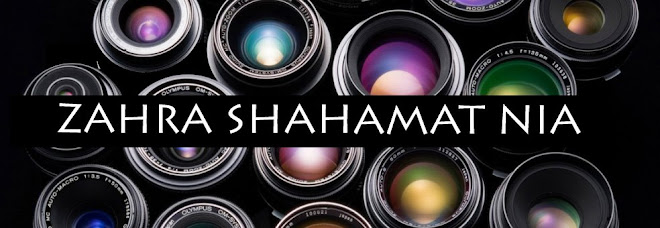. Derived from the Persian words kaman, 'bow' or 'arc', and cheh, 'little' is an ancient spiked fiddle which is ancestor to most modern European and Asian bowed instruments. It can now be found throughout the area stretching from North Africa to China. The instrument's name varies from region to region (e.g. kamange, saz-e Keshmiri, joze, ghiczak), as does its shape (it can be spherical or cylindrical and have an open or closed back).
The Iranian classical kamancheh has a spherical shape, its bridge resting on the surface of a soundbox covered by a membrane of animal skin. The soundbox has no standard size and can be made entirely from one piece of wood or from many ribs. Its rounded body, made from different kinds of wood (e.g. mulberry, walnut, oak, or maple), has a spike on bottom to support the instrument.
The kamancheh's four metal strings are generally tuned in fourths or fifths. The instrument is held vertically and the bow, made of horsehair, moves horizontally, with the performer rotating the instrument when he or she moves from one string to another.
Saturday, May 2, 2009
KAMANCHE
Posted by zahra shahamat nia
Subscribe to:
Post Comments (Atom)

0 comments:
Post a Comment